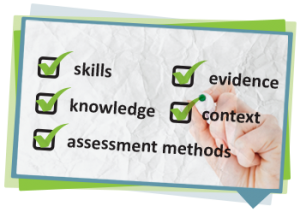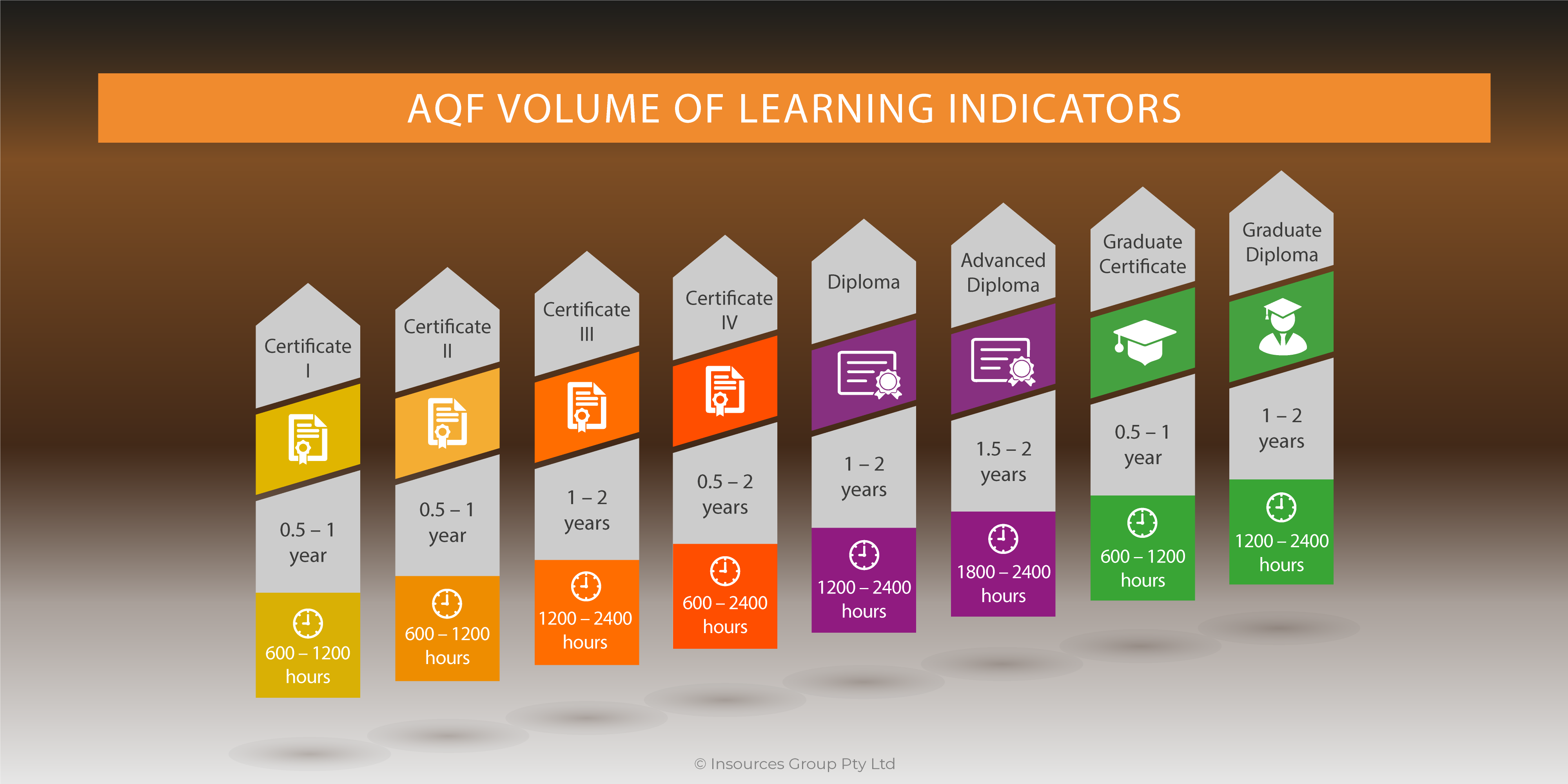A stall occurs when the wing of an aircraft quits flying because the airflow that causes lift is disrupted. There are many reasons for a stall but the main remedy is to increase airspeed by lowering the nose of the aircraft. The pilot of Continental Flight 3407 responded exactly the wrong way to the stall warning by pulling the nose up and accelerating the stall. According to the head of the pilot training program of Colgan Air, the stall emergency response was “covered” in the ground school portion of training but never practiced in a simulator. Because “content covered” does not translate into content learned, 50 people died in Buffalo on 12th February, 2009.

Continental Flight 3407 was an especially tragic poster child for a widespread misconception – namely, that content covered translates into content learned. Often clients ask us to reduce the length of our TAA programs. I usually respond: “Yes, we can cover the material in a shorter period of time if I talk really fast and take out all of the practice. But your investment will be mostly wasted because content covered is not content learned.
Recently published statistics (Skills-Australia 2010) reveals that total public and private investment in higher education and VET in 2008 for domestic students was approximately $22 billion dollars. But that is actually a misleading number as it does not, in most of the cases; incorporate the most expensive element of training: the time that participants spend in the learning setting. For the most part, participants are on salary while in training and are not getting their normal work done – work that directly impacts the business bottom line. Therefore, clients often make training requests to achieve specific goals but limit the time they are willing to devote to the training. A common response among trainers is to create lessons that “cover” the content but eliminate the more time-consuming elements such as practice exercises. In most cases, the results of these decisions are not as catastrophic or public as an airplane crash. Nevertheless, the continued practice of covering the content erodes the integrity of any learning event that is designed to build workplace specific skills.
What is content covered?
When trainers say that they have covered the content, they usually mean the content has been presented usually in a lecture format often accompanied by slides. Typically in these kind of classes learners activity is quite minimal. After the lecture, the trainer typically asks: “What questions do you have?” hearing none, the trainer moves on to the next topic. Managers, trainers, and students share an illusion of learning from an event that offers little or no opportunity for overt engagement on the part of the learner. What are the alternatives to a content-covered lesson and when should those alternatives be considered?
Ruth Colvin Clark, in his book Evidence-Based Training Methods, describe three types of learning goals and describes how different instructional environments can help learners acquire each.
These three main learning goals: acquire knowledge, build procedural skills, and build strategic skills are summarised in the table below.
Goal | Description | Example |
Acquire knowledge | Access and apply knowledge about work-related concepts, facts, and process |
|
Build procedural skills | Can perform step-by-step routine tasks. |
|
Build strategic skills | Can apply guidelines to diverse tasks that vary from instance to instance. Can engage in critical and creative thinking. |
|
Knowledge refers to the concepts and facts we have stored in long-term memory about a topic. Instructional psychologists call this type of content declarative knowledge because it is easy to discuss or articulate. For example, in driver training you attend class or read a booklet to learn facts and concepts such as speed limits, road signs, right-of-way guidelines. The written portion of the driver’s test assesses your acquisition of this knowledge usually through multiple choice questions.
Procedural skills rely on structures in long-term memory that support routine activities – that is, tasks that are done more or less the same way each time. Logging into your computer or following a recipe to make a meatloaf are two examples. Any procedure that you repeat many times becomes hardwired into long-term memory. At that point the skill is automated. Driving your car is common example of an automated skill. To acquire procedural knowledge, you need to practice the task in a realistic workplace environment. You can’t learn to drive a car by reading the rules of the road or even by reading the steps to drive. You actually have to drive the car – hopefully with an instructor next to you. And you can’t assess driving skills through a multiple choice test. That is why the driving test is a performance test with an examiner sitting next to you.
Strategic skills also involve performance of tasks. However, unlike procedures, these tasks are not routine and require problem solving to adapt to the unique circumstances of the situation. Making a sale or troubleshooting a unique equipment failure are two common examples. The effective salesperson will adjust their approach based on their knowledge of the client and the product features. Strategic skills are the most difficult to train because the learning environment cannot exactly emulate the performance environment. For example, in sales the client and product mix will change each time. Training for strategic skills such as troubleshooting typically involves four critical learning events:
- Reviewing important related knowledge, such as how equipment XYZ works under normal conditions
- Presenting a problem solving process, such as document the problem, verify the problem, isolate the potential causes, and so on
- Studying examples that illustrate the problem-solving process applied to several examples, such as here is how an expert diagnosed an ignition failure in the Model 310 mower
- Engaging in practice and feedback applying the process to several diverse scenarios
Many jobs roles require a combination of declarative knowledge, procedural skills, and strategic skills. Each of these learning goals benefits from different training designs.
Three training architectures
To best help learners build the appropriate kind of knowledge and skills needed to perform their jobs, the following training architectures can be useful: show-and-tell, stair-step, and immersive. These architectures vary regarding the design and methods of the training and are (for the most part) independent of the delivery media. For example, you can present a show-and-tell learning architecture in the classroom or in computer-base training.
To best help build the appropriate kind of knowledge and skill needed to perform their jobs, I recommend using of three training architectures: show-and-tell, stair-step, and immersive. These architectures vary regarding the design and methods of the training and are (for the most part) independent of the delivery media. For example, you can present a show-and-tell learning architecture in the classroom or in computer-based delivered training.
Show-and-tell architecture
When instructors say they have covered the material, they are usually referring to a show-and-tell training architecture that involves a lecture typically supported with PowerPoint slides. In a show-and-tell lesson, information is delivered to the learner who has minimal opportunity for overt engagement. Video documentaries like the kind you see on the Science Discovery Channel or a traditional college lecture are two examples ofshow-and-tell approaches.
As mentioned previously (Part 1), content covered is not necessarily content learned. Does that mean that show-and-tell architectures should never be used? No doubt you have experienced many show-and-tell events in your career and maybe even have delivered some. What is your opinion about show-and-tell architectures?
In some situations show-and-tell learning environments are as effective as more interactive training. Recent studies reported by Haidet Al compared how effectively medical residents learned to interpret diagnostic tests from two different lessons lasting about an hour each. One lesson was a show-and-telllesson while the second more interacting version incorporated the same material but used group discussion of three case problems supplemented by trainer explanation. Learning was the same from the lecture as from the more interactive discussions. Although those attending the show-and-tell event were not as physically active as were those attending the discussion-based event, they were psychologically actively processing the content.
For learning facts, concepts, and processes such as how equipment works, a show-and-tell learning environment – when it uses optimal communication modes and instructional methods – can support psychological processing of the content. You can improve learning from a show-and-tell lesson by adding short response opportunities throughout. In my workshops, I place frequent short paper and pencil exercises in a workbook to give learners an opportunity to process the information delivered.
Stair-step architecture
Stair-step training architectures, also called directive architectures, are learning environments that use traditional sequence of explanation, example or demonstration, and practice with feedback. In short these lessons have a pattern of tell, show, do, and correct. Typically lessons are brief with each lesson focussing on specific steps to perform a task as well as any important facts or concepts related to those steps. For example, when delivering a lesson on how to log into a computer system, the concepts of log-in and valid password are followed by an instructor demonstration of the steps to log-in and then hands-on computer practice using the same interface as the one used in the workplace. As the learners practice, the trainer reviews their steps and correct errors.
Stair-step architectures are useful for building procedural skills especially for novice learners. The small steps and frequent corrective practice exercises minimise cognitive load. Of course, adding demonstrations and practice will take more time than merely covering the content. And any procedure that needs to be automated before performing it on the job; will definitively require more time devoted to drill and practice exercises. Often automation can occur naturally in the workplace with normal repetition. Some skills, however, must be performed perfectly the first time. For example, a train engineer must respond immediately and without error to a track signal. Drill and practice on recognition and response to the signals will build automaticity prior to actually driving the train.
Immerse architectures
More contemporary course and lesson designs reflect an immersive training architecture also called guided discovery or problem-based. In an immersive learning environment, a realistic workplace problem or task assignment kicks off the lesson and serves as a context for learning. As students work to solve the problem, they are given instructional guidance such as demonstration, expert advice, or even stair-step tutorials.
Immersive architectures are best suited for more advanced learners and for learning of strategic tasks that involve problem solving or creative design. These training architectures can be applied to classroom or digital environments. When properly used, immersive architectures can motivate learners because of the immediately salience of the lesson relevance. However, when misapplied, learners may feel overwhelmed and lost.
Unlike show-and-tell lessons that cover the content, immersive designs are learner-centred and have the potential to build a repertoire of job experience that in the real world could take years. In this sense, immersive designs can accelerate expertise.
Recommendations
- Use show-and-tell learning designs to teach facts, concepts, and processes related to job tasks. Add interactivity. Do not rely on show-and-tell environments to build job task proficiency.
- Use stair-step learning designs to help novice learners build procedural skills.
- Consider immersive designs to help experienced learners build a repertoire of skills that would take a long time to acquire in the real world
Reference:
Evidence-based training methods, Ruth Colvin Clark, 2010.
Telling Ain’t Training, 2nd edition, Harold D. Stolovitch and Erica, 2002.
Training in Australia, Michael D Tovey and Diane Lawlor, 3rd edition, 2007.




